Tags: Digital Activation, Education, Strategy and Design Thinking
Designed by Folch
Designed by Folch
Within the Master in Graphic Design at ELISAVA, Folch is in charge of the Digital Publishing project. The course is an open laboratory in which we explore the creation of digital editorial projects for a brand and the use of contemporary storytelling to communicate a company’s initiative. The course is given in English and Spanish and attracts students from several countries around the world. All the activities, the process, and the students’ work will be documented on social media.
“The involvement of active relevant designers is one of the key assets of this program. Bringing the professional reality into the academic and pedagogic sphere gives the students the opportunity to learn and tackle the challenge that editorial design is facing today. The publishing scene has never been as complex and interesting as it is today with the merger of print and digital in editorial design.” Marc Panero, Director

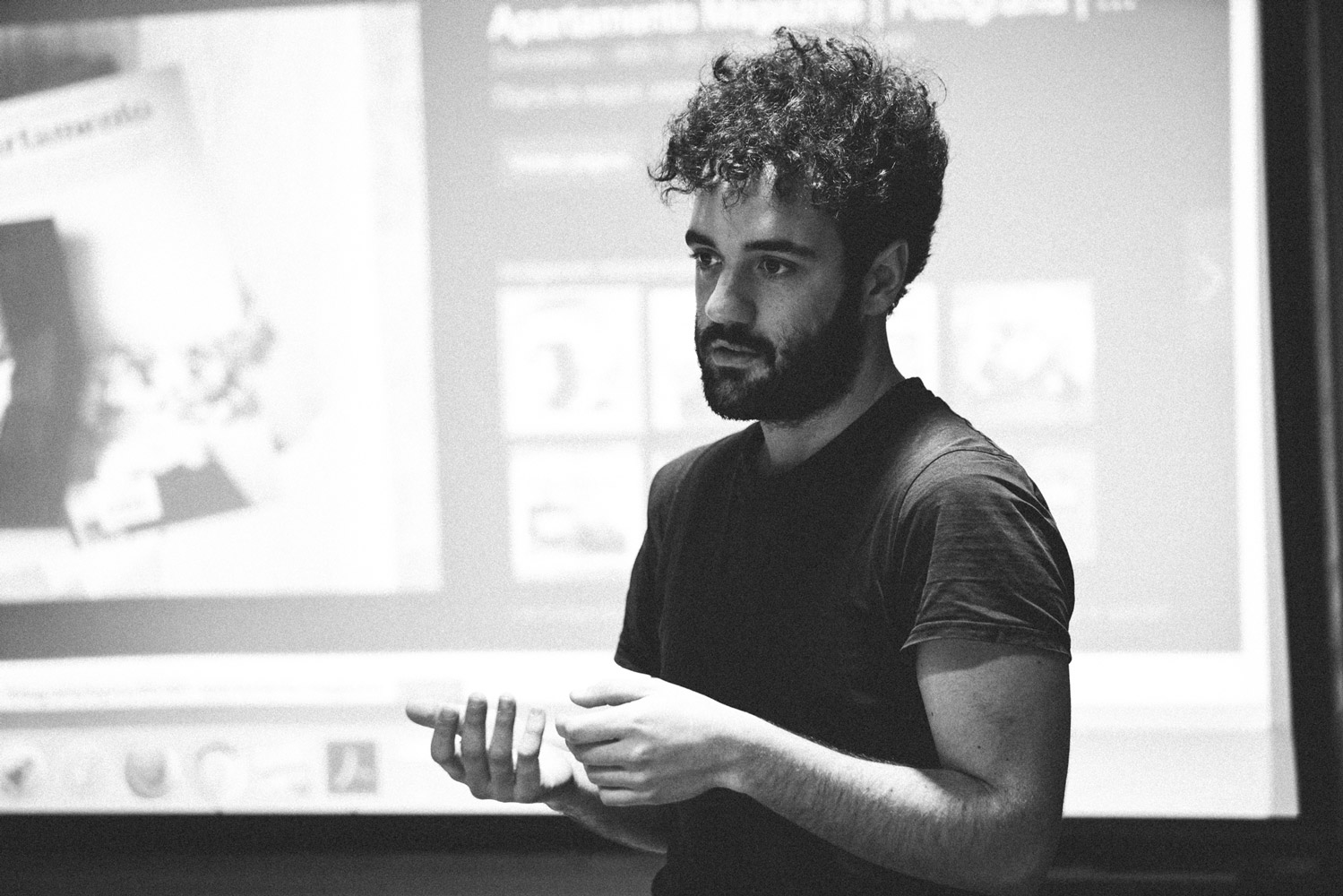
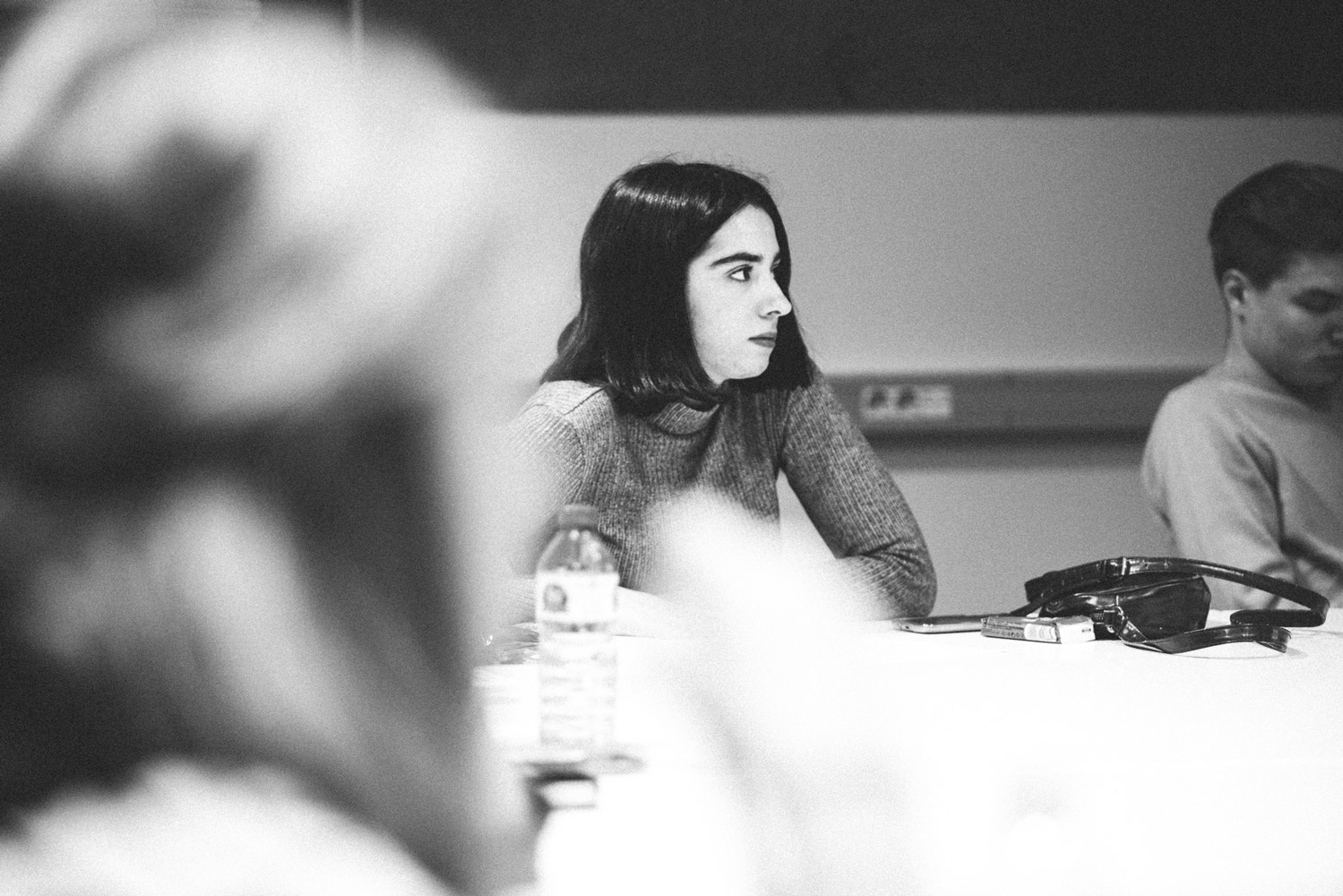


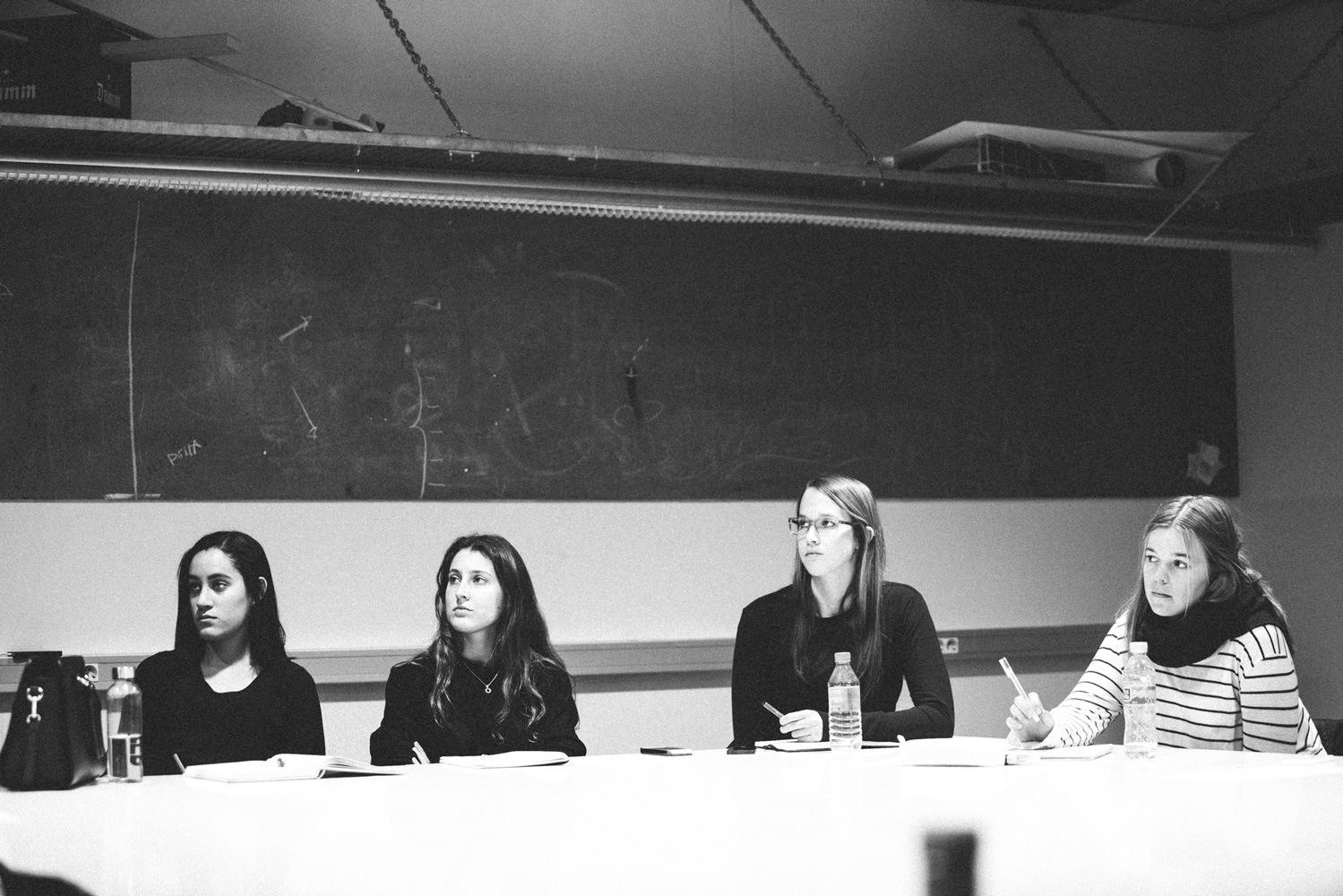

“I believe designers should step out of the boundaries of their discipline and envision a wider approach to communication and design thinking.” Rafa Martínez, teacher of Strategic Design
Over the last years the publishing and communication scenario has changed drastically, and the boundaries of the professional figure of a designer have transformed accordingly. More than ever, a designer is called to be able to control many more areas of a given project, from conceptualisation to final form. Losing its touch with a specific format, the idea of an editorial project is more open each day and its potential is as wide as ever. We ask the students to develop an idea as an editor, commission collaborators and create content as an art director, and finalise as a designer.
The theme for this year involves communicating the environmental issue effectively, beyond greenwashing and rhetorical languages. The students are asked to choose a brand and define an environmental initiative. After that, they will create an editorial platform which will serve as a channel for the diffusion of the brand’s environmental message. The editorial project should communicate the environmental message indirectly, generating content —through storytelling and art direction— that is engaging for users and that increases awareness. As well as achieving a digital influence whilst at the same time helping the brand reach new audience segments. The final goal is to generate an editorial project with content that is interesting and engaging in itself regardless of the initiative or the brand.
“I consider that the figure of the graphic designer as we know it has come to an end. It blew up. Today designers must be incredibly versatile and multitasking, and should be open to understand how communication works.” Albert Folch, co-director of the course and teacher of the Spanish edition

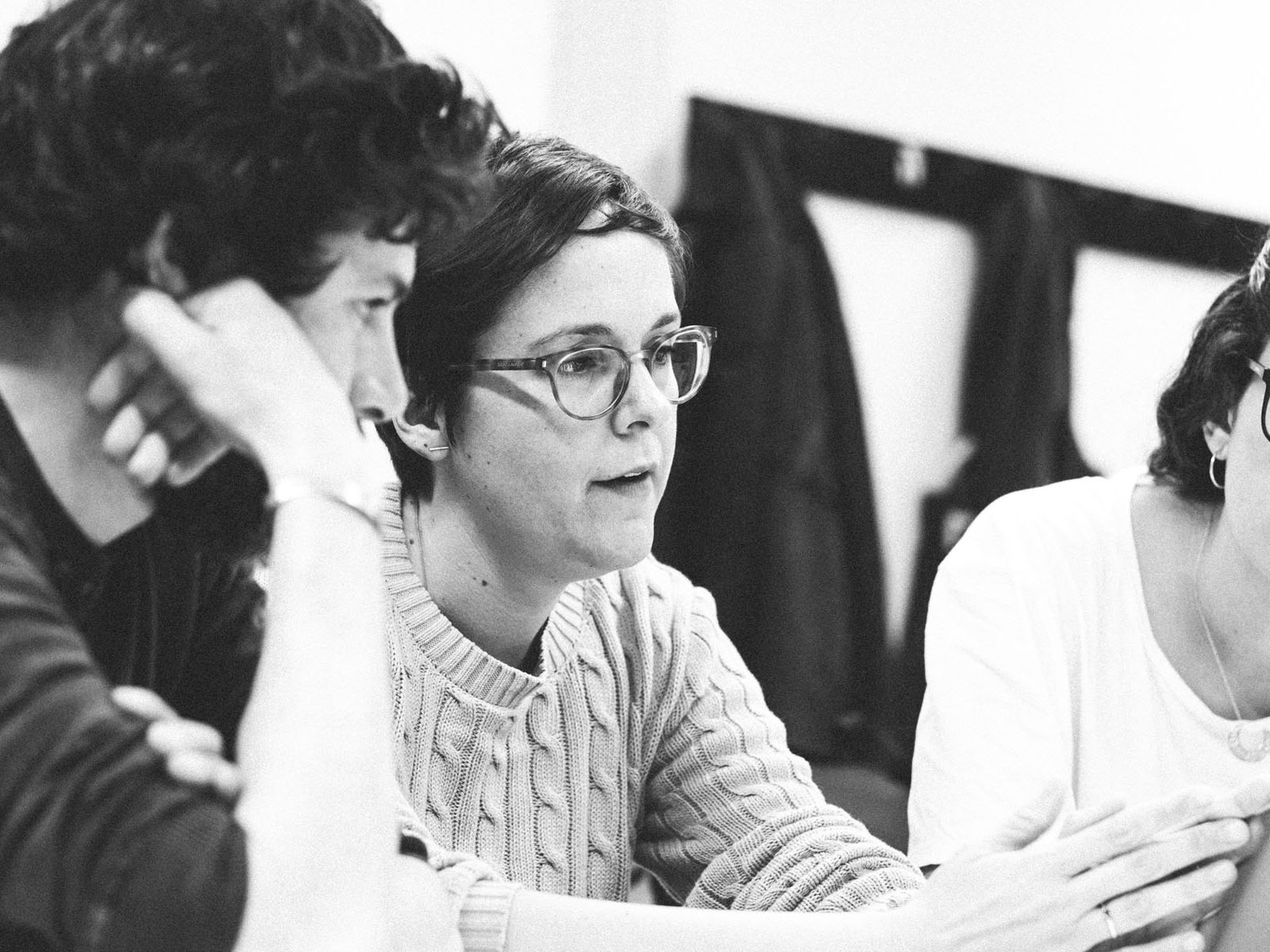
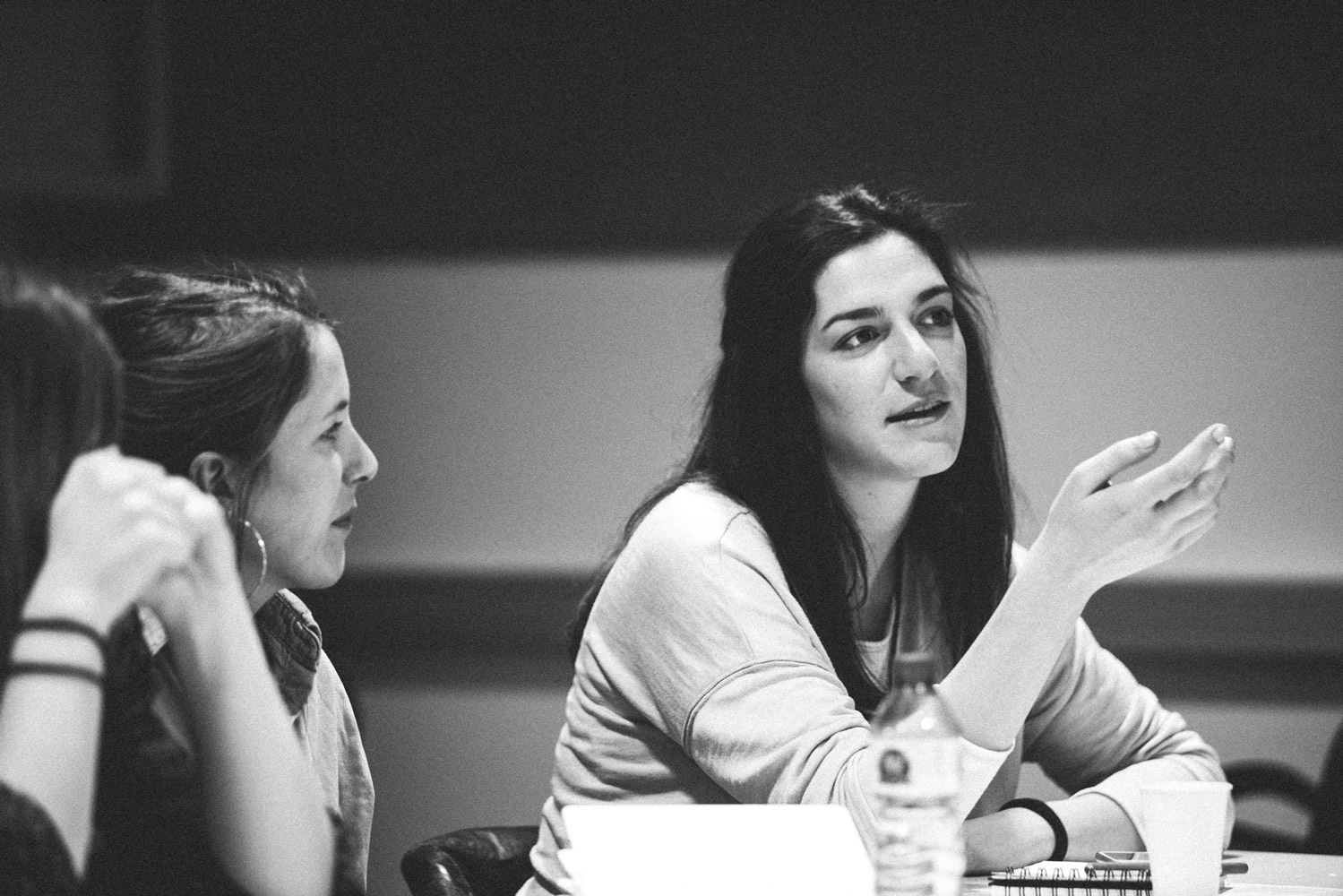

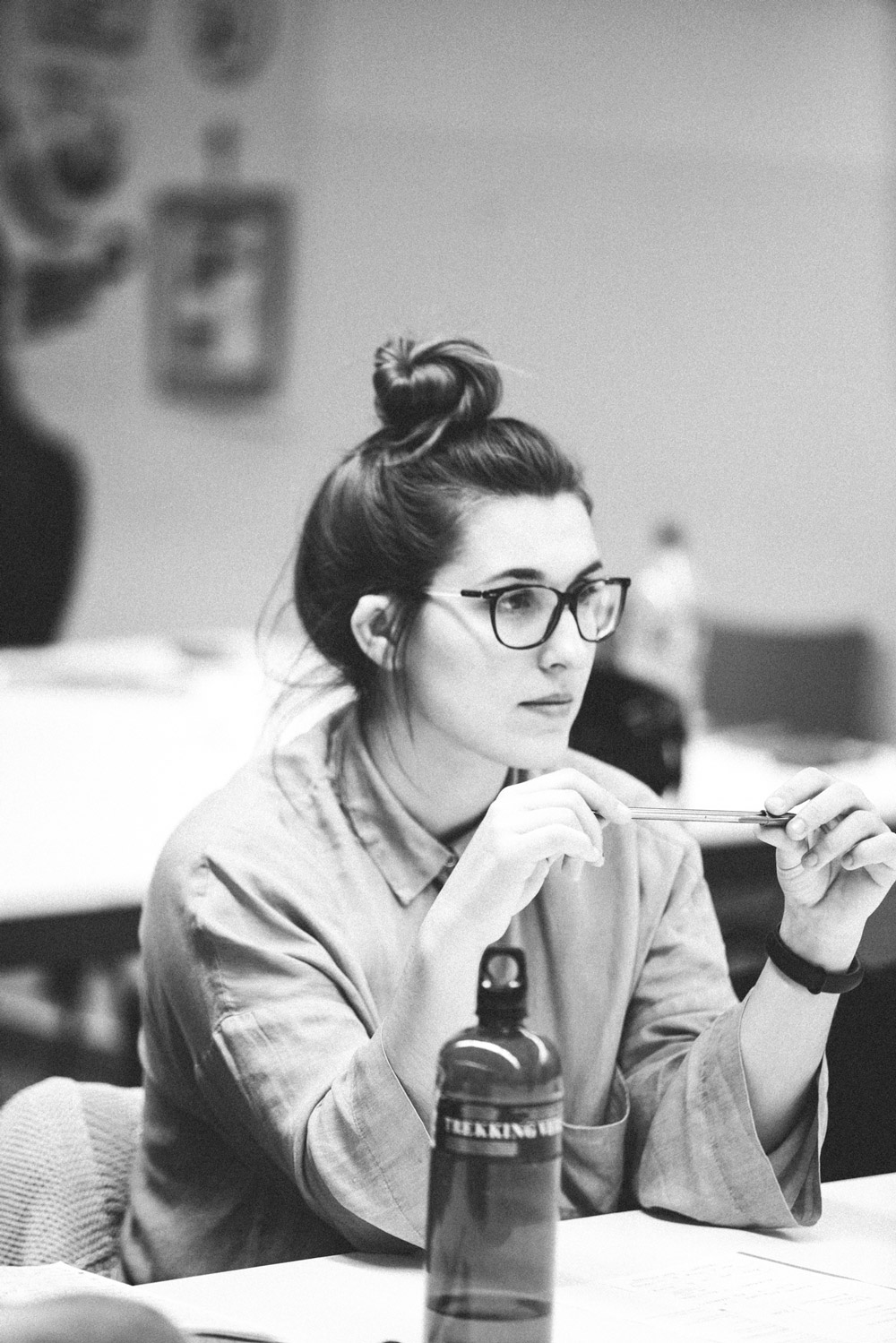
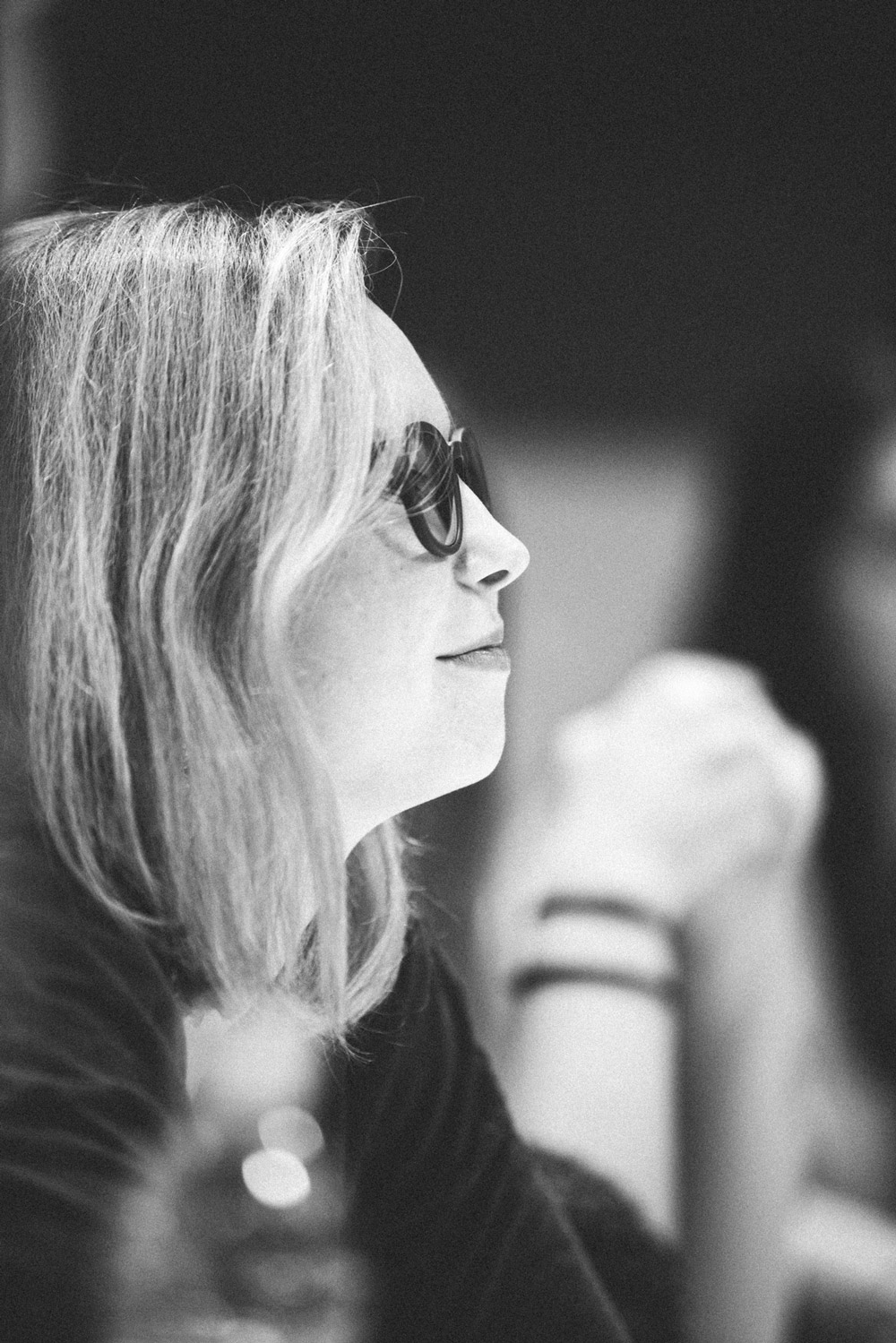
“Editorial designers are storytellers. In order to really engage the audience with a social cause, we need to create great transmedia stories and shape them into a format that is attractive, shareable, and meaningful for users. It’s time for environmental communication to go beyond greenwashing: it’s not about redesigning your logo with a greenish colour palette anymore.” Vincenzo Angileri, teacher of the English edition
As the communication world changes, companies and organisations will realise more and more that they need creative profiles that are able to design engaging, emotional, and strategic storytellings. On the other side, young professionals and students should be aware about their new role as editorial designers and what the industry requires from them.
An editorial designer is asked to be able to generate innovative concepts and ideas, have a sensibility towards storytelling, and have a wide understanding of digital strategies, art direction, social media, and how content is consumed by their audiences. In light of this, in order to enhance the potential of the students and give visibility to talent, the activities of the course are communicated through our social media channels. Across the entire duration of the course, students will be highlighted and their work will be showcased on social media, activities will be documented, creating an open flow of ideas and talent. In doing this, we aim to break the walls of the school and to create even more opportunities of connection between the university, and brands and companies.
Photo by Leo García Mendez

Photo by Leo García Mendez
This is an ongoing project page and it will be constantly updated.
You can follow the activities of the course on Instagram @folchstudio and @elisavabcn